|
I pride myself in creating classroom community in my experiential learning high school that is strong, positive, and trusting.
I don't claim to be fantastic at everything related to experiential learning, but I place priority on creating community in the classroom from day 1 of the learning year because it plays such an important roll in the experience as a whole.
0 Comments
Community action projects are student and personal learning experience favorites all times of year, but spring time is an especially great time for them for a variety of reasons.
Spring is here, the weather is warming, and students are getting antsy. The school year is wrapping up for many. Teachers want to end the year on a high note, but are also exhausted and don't know how much more they have left to give! It's testing season, graduation season, grade report season. Ah! Spring is bonkers in the world of education. So what better way to cruise through the rest of the year than with a community action project (CAP)? About ten years ago I picked up a book called "Half the Sky". Within the first chapter I read this quote: "More than 100 million women are missing..." at any given time. This is because of trafficking, gendercide, domestic violence, etc. This quote, and this book, really struck me. I mentioned it, and the PBS documentary that goes along with it, to a few of my high school students.
They were interested, largely because many of the issues resonated with them personally. These students led project-based learning experiences on some of the issues and shared their final products with the school community.
Spring is the perfect time of year for citizen science! It's warming up outside, students are getting antsy and exhausted, testing is underway, and breaks are badly needed.
On top of that, things start to get active in the world of wildlife, especially in temperate regions like Minnesota. Animals emerge from hibernation, migrating species begin their long journeys to their summer sanctuaries, and it's breeding season for many organisms. The use of community experts is common place in project-based learning. But how do you communicate with and partner with community experts when you don't have the flexibility to leave the classroom or bring experts to you? Students do so virtually!
One of my favorite aspects of project-based learning is the use of community experts. Using the community as a resource for PBL is valuable on a number of levels, as it makes learning more authentic and real-world-focused.
But how can students utilize community experts for project-based learning experiences? In what ways can learners use the community as a resource? Let's dive in!
Community action projects have become a go-to experiential learning activity in my high school classroom.
I started implementing action projects for a variety of reasons. They get students involved in deep and meaningful learning by acting on community issues that matter to them. They learn because they're invested, and they've invested because they care about the issues. But what is a community action project and what are some ideas for action projects in your classroom, homeschool, or beyond? Relevance and real world learning in the classroom or homeschool is so important for students, not only to engage in learning but for them to care about the content.
Fostering an authentic learning environment for your students is critical. Focusing on concepts that are part of the life and the real-world, part your students' lives beyond the walls of the classroom, helps them find purpose in the experience, which is at the heart of experiential learning. But what is an authentic learning experience, and how do you plan an authentic learning experience that engages high school students in real world and relevant topics?
When I was teaching high schoolers, I included community action projects in every facet of my teaching. A community action project is a form of project-based learning where students identify issues in the community, research the issues, brainstorm solutions, develop an action plan, and take action. These experiences are the coolest form of self-directed service-learning.
The year 2020 has been a doozy. In a matter of six months there has been a pandemic, school closures, economic collapse, "murder hornets", countless instances of racial injustice, and an uprising, one that has been a long time coming. I've been thinking about how these unprecedented events have impacted the lives of my students and what power they have to shape the uncertain future of this world.
|
Blog IntentTo provide innovative educational resources for educators, parents, and students, that go beyond lecture and worksheets. AuthorSara Segar, experiential life-science educator and advisor, curriculum writer, and mother of two. Categories
All
|
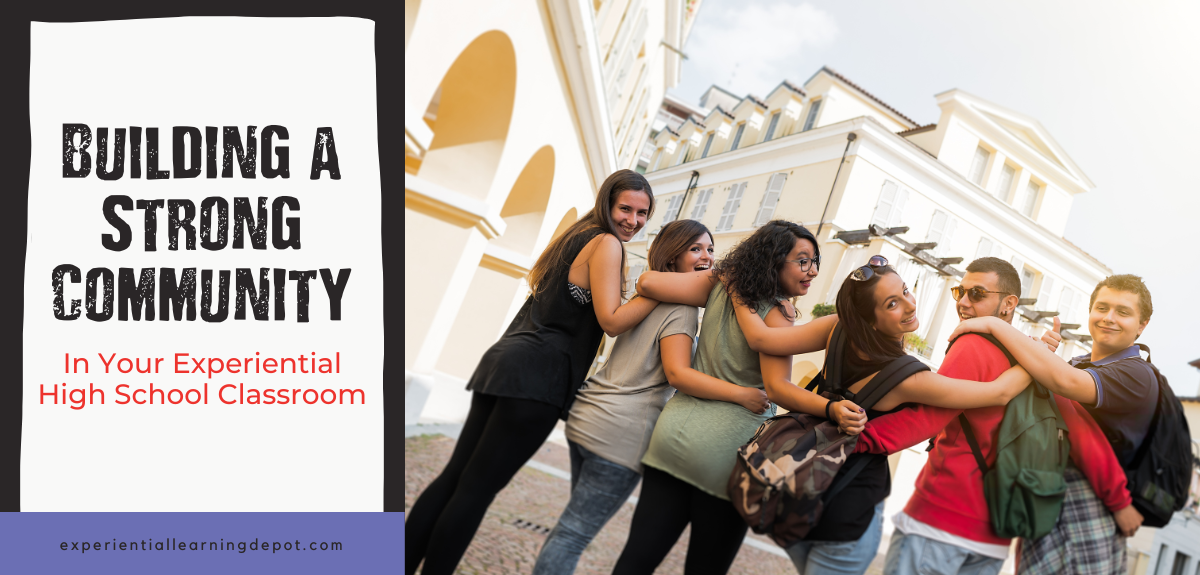
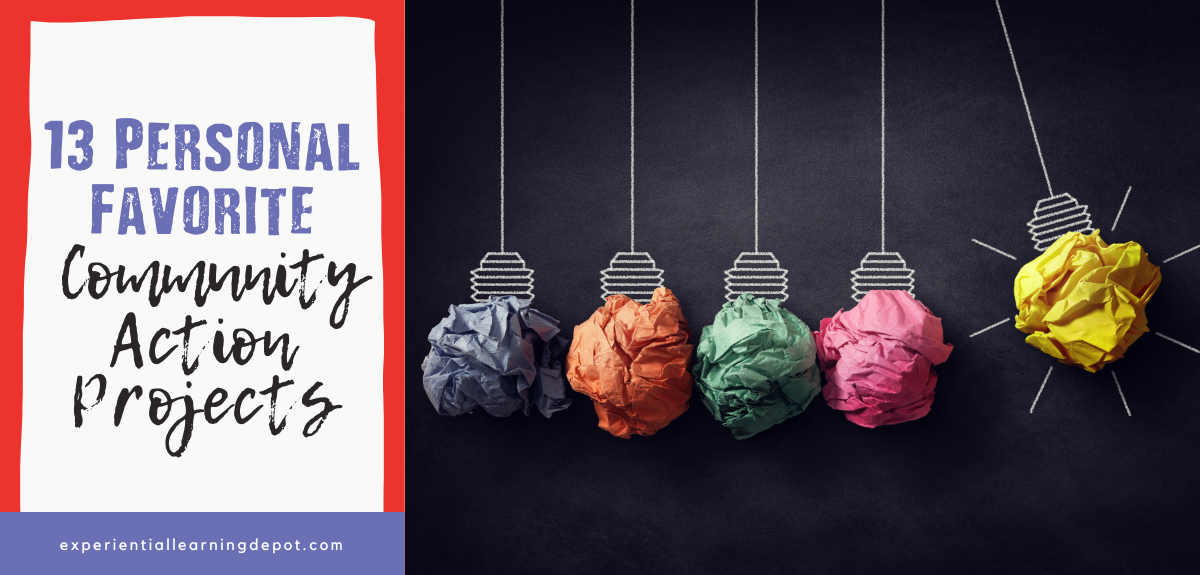
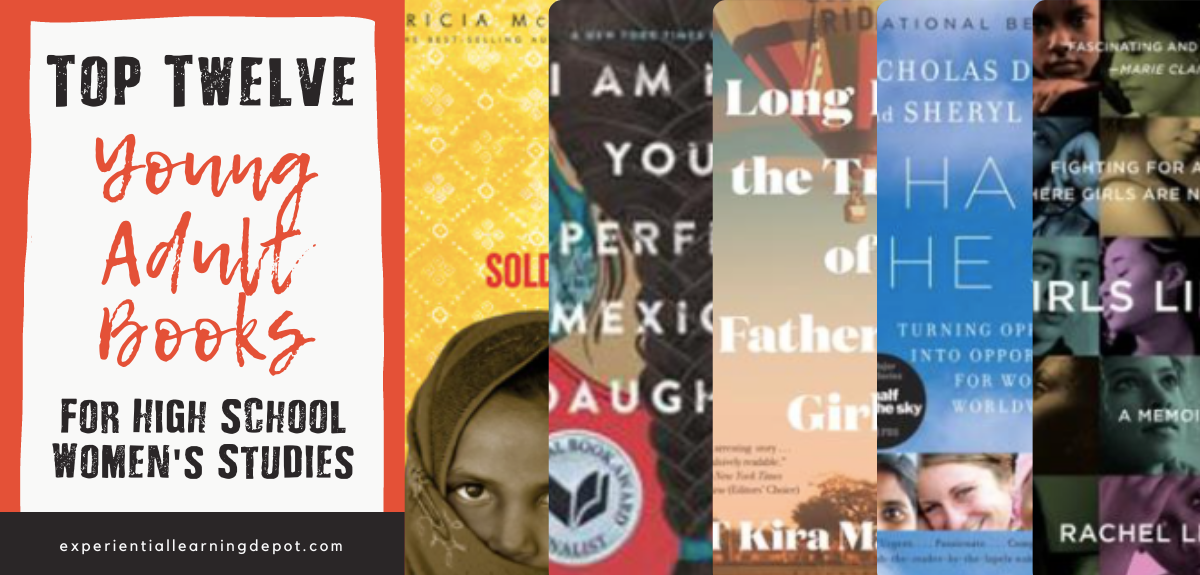
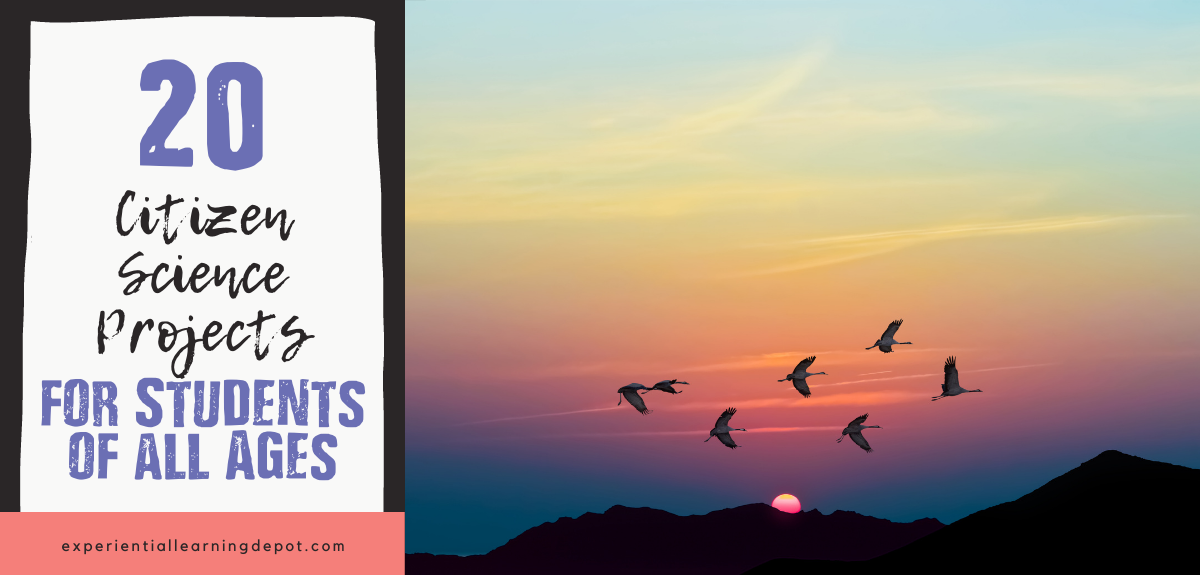
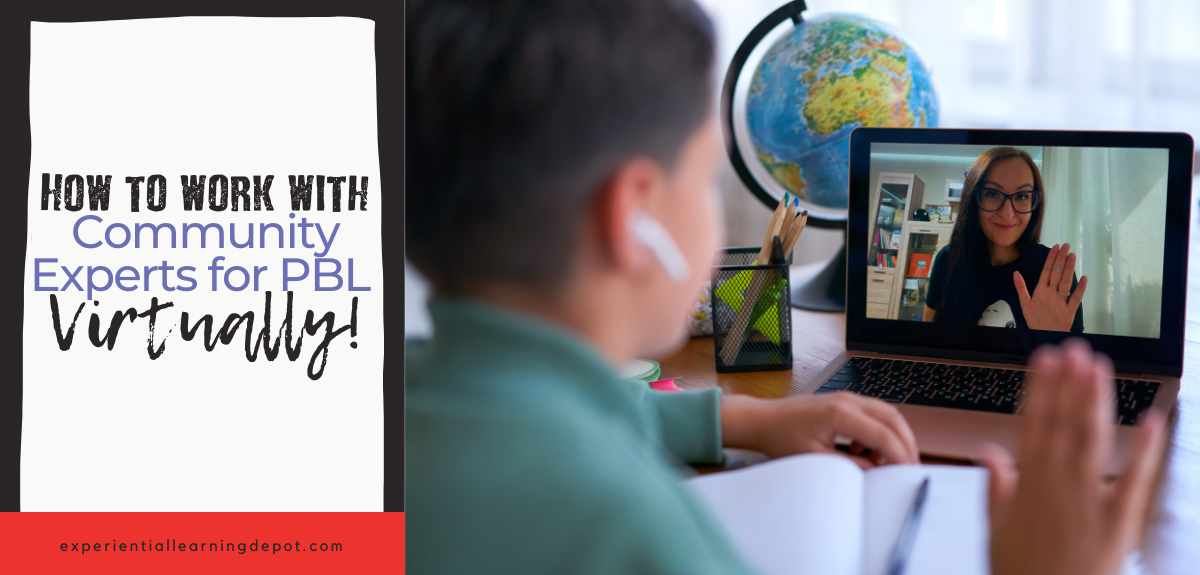
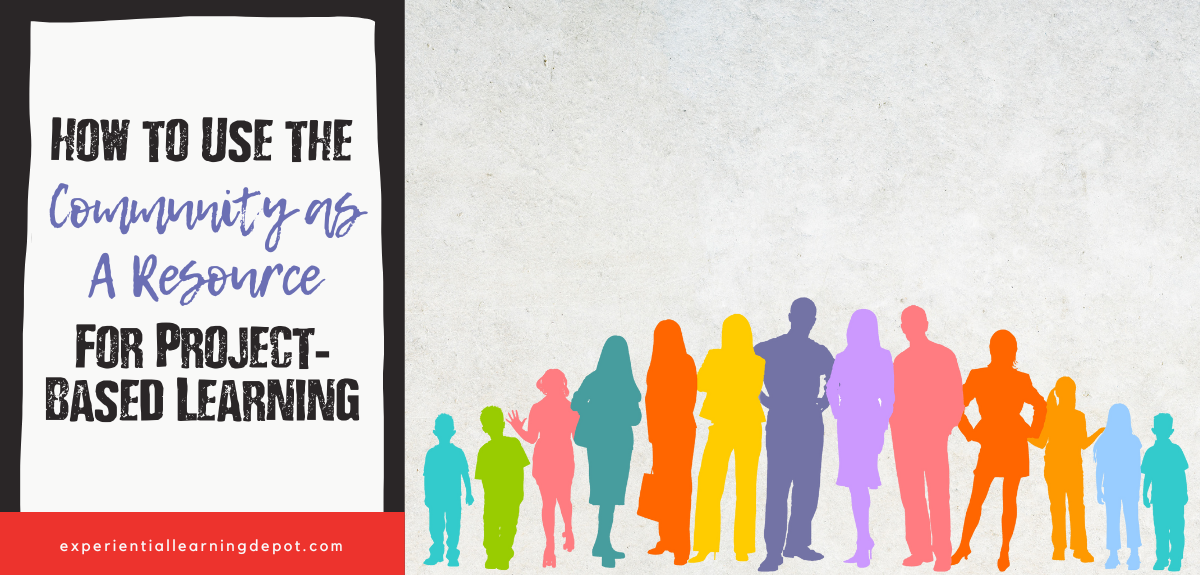
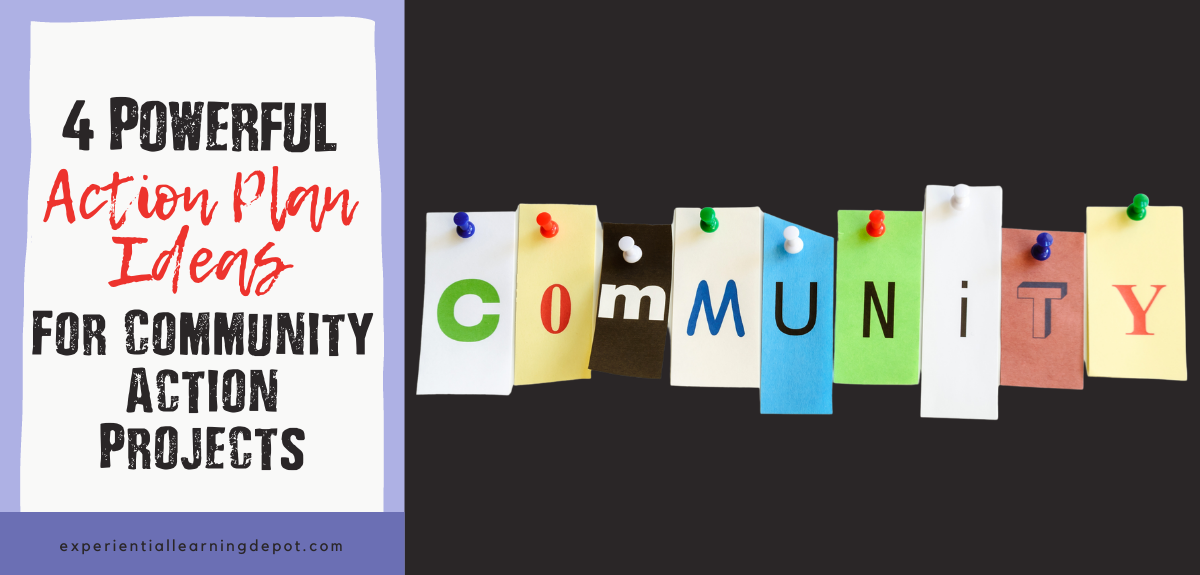
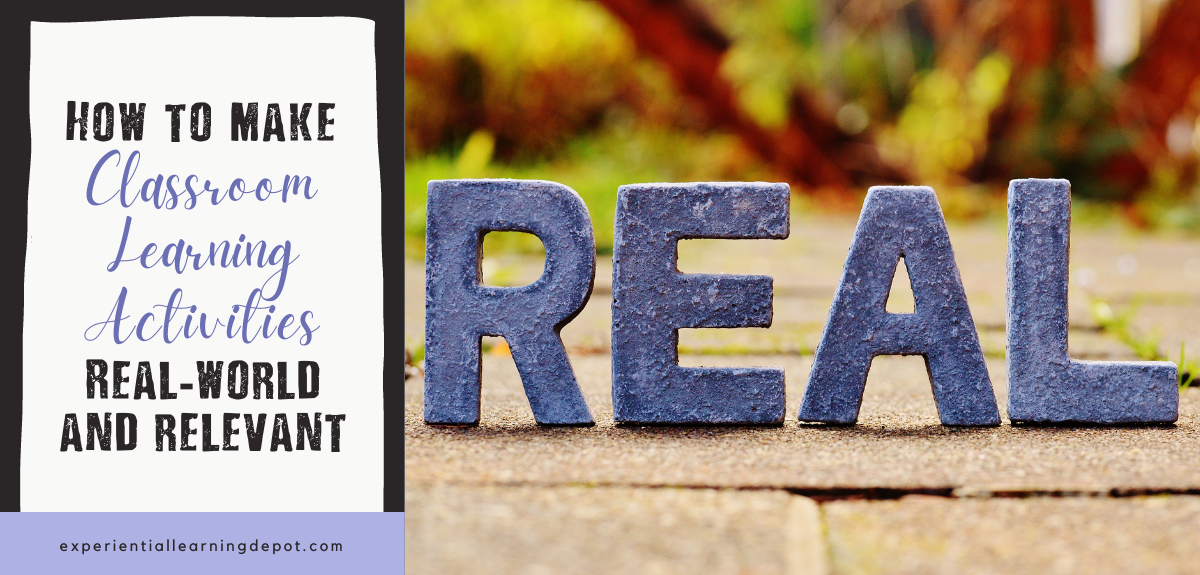
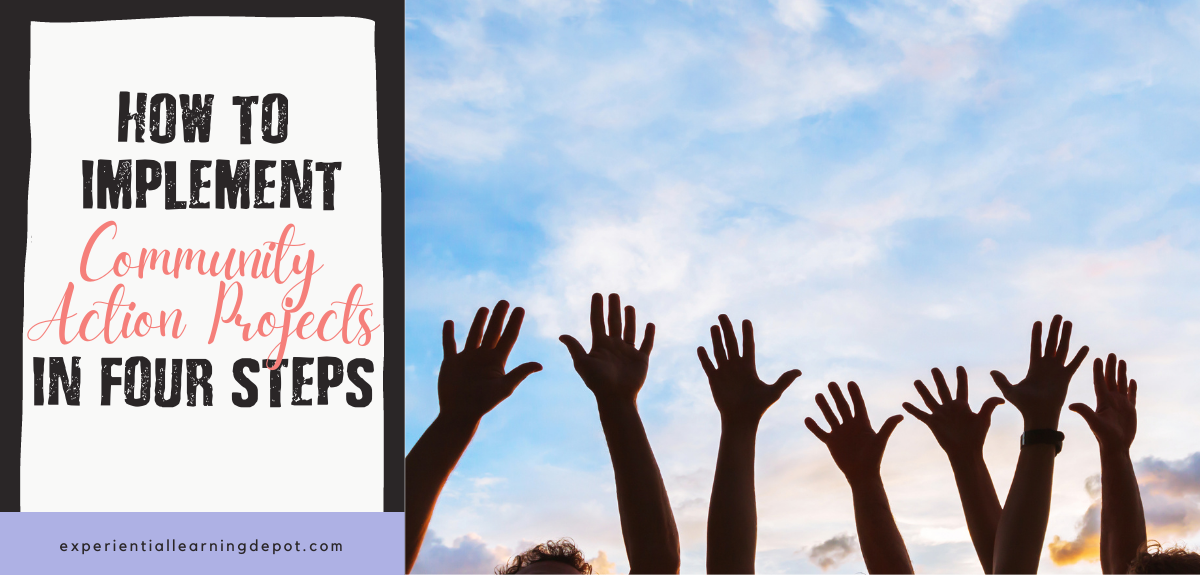
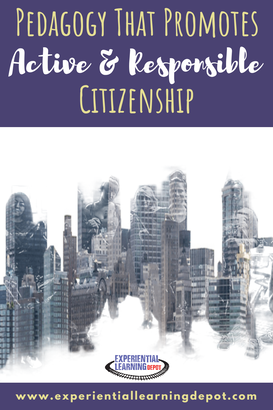


 RSS Feed
RSS Feed